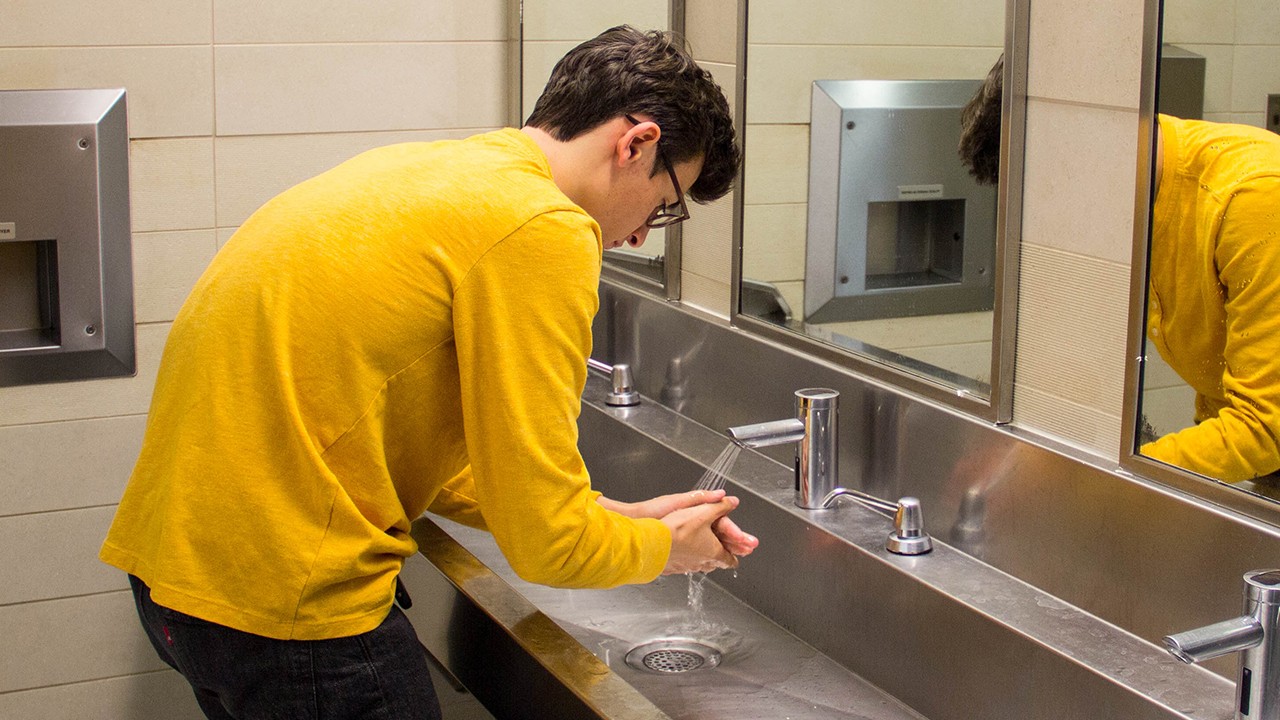- Deficits in executive functioning
- Misdiagnosis of the student as a behavior problem
Understanding where the struggle to transition comes from is the first step to teaching independence”¦ and giving students the right kind of support.
Executive functioning is the ability to manage our day-to-day tasks in order to complete routines and independently navigate our environment. To put it simply, it is our brains making a plan and then executing the steps to complete a task. Many students with disabilities have weak executive functioning skills, which makes everyday tasks difficult. Armed with this information, teachers can interpret a student’s perceived unwillingness to transition or to complete tasks as a skill deficit rather than a behavior problem. Positive behavior supports are great but need to be implemented in the right situation. No amount of incentive will make a student do something if they don’t know how to do it in the first place. We need to change the approach to helping students who struggle with transitions by putting evidence-based strategies in place to support their areas of weakness.
Strategy 1
Task Tree
If a student just can’t seem to show up prepared and ready when class begins, try a task tree.
A task tree is a visual strategy that will give the student step-by-step instructions on what needs to be done at the beginning of each class. Each step is shown from left to right or top to bottom and includes a picture and an arrow that connects the pictures (and steps). Breaking down a complicated task into smaller steps is a great way to give students the extra support they need to be prepared and ready to learn.
Strategy 2
Visual Schedule
If a student complains and refuses to stop a preferred activity, try a visual schedule.
Help prepare the student for difficult transitions by giving them visuals of what is coming up on their schedule. This gives them time to organize their thoughts before a difficult transition and help them make the plan in their head before it is time to give up their favorite activity. For students with better visual than auditory skills, creating a velcro system of taking the preferred activity off their schedule and placing it in the “all done” pocket, will give them a more concrete signal that the activity is over. Further, remind the student that their favorite activity will happen again later in the day by pointing to that picture on their schedule.
Strategy 3
Video Modeling
If a student keeps getting distracted when making transitions in the hallway, try video modeling.
Video modeling offers the student a unique perspective on learning transitions. Take a video of the student walking through the hallway and completing each part of the transition successfully. Save the video to their device or to the classroom computer so that the student can access and watch it multiple times. To be most effective, have the student watch the video right before they transition. Seeing themselves be successful on the video, will help them be successful when they try it for real.
Strategy 4
Social Narrative
If a student keeps getting into trouble on the playground for taking the basketball from their friends, try a social narrative.
Create a social narrative that describes what the student should do when they are playing basketball on the playground. Give the student the exact words they will use to ask for a turn and the rules for sharing the basketball. Read the narrative with them each day before they go out onto the playground. Using real pictures of the student and the playground will help even more, as they will be able to see themselves in that situation.
While not all behavior issues stem from the lack of executive function skills, it is important to ask yourself if it could be a skill deficit. If you aren’t sure, try a strategy to support them and see if it works. If strategies don’t work, talk to the Occupational Therapist (OT) or Speech Language Pathologist (SLP), both experts in executive functioning. They can give you some ideas to try or can work with the student on the skill during therapy. When it comes to supporting your students with disabilities it is critical to use everything you have in your toolbox.


